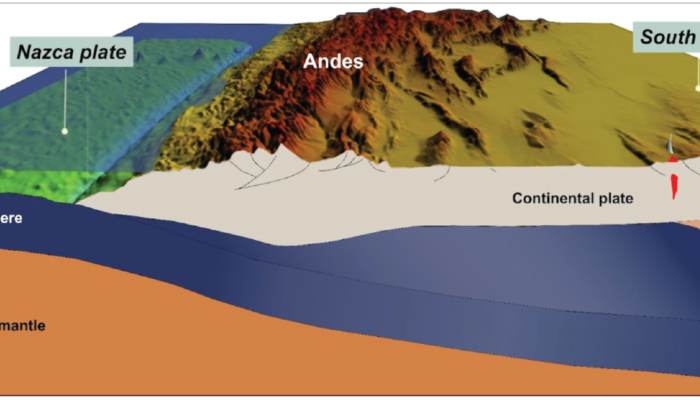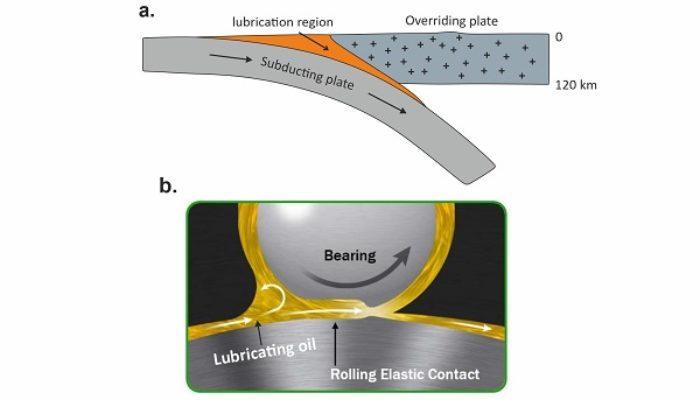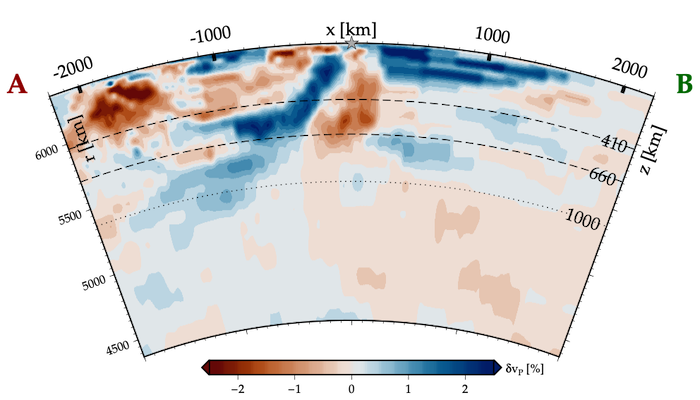Reflections on the geological and geodynamic evolution of the Southern Central Andes
Reflections on the geological and geodynamic evolution of the Southern Central Andes


Reflections on the geological and geodynamic evolution of the Southern Central Andes

Plate interface lubrication is essential for stabilization and continuation of subduction process for million of years. The magnitude of plate interface lubrication determines transfer of stress between two converging plates, topography of mountain belts, transportation of volatiles to the mantle, and return flow of high to ultra-high pressure rocks to the earth’s surface. In this week’s blog, I ...[Read More]

Science is all about discovering new things. But how do we make these discoveries, adding to the ever growing pantheon of knowledge? This week, we sit with one of our editors Antoniette Greta Grima, a Postdoctoral Fellow from the University of Texas at Austin, to understand what it takes to discover a new slab process. Thanks for sitting down with us this week! First things first, which subductio ...[Read More]